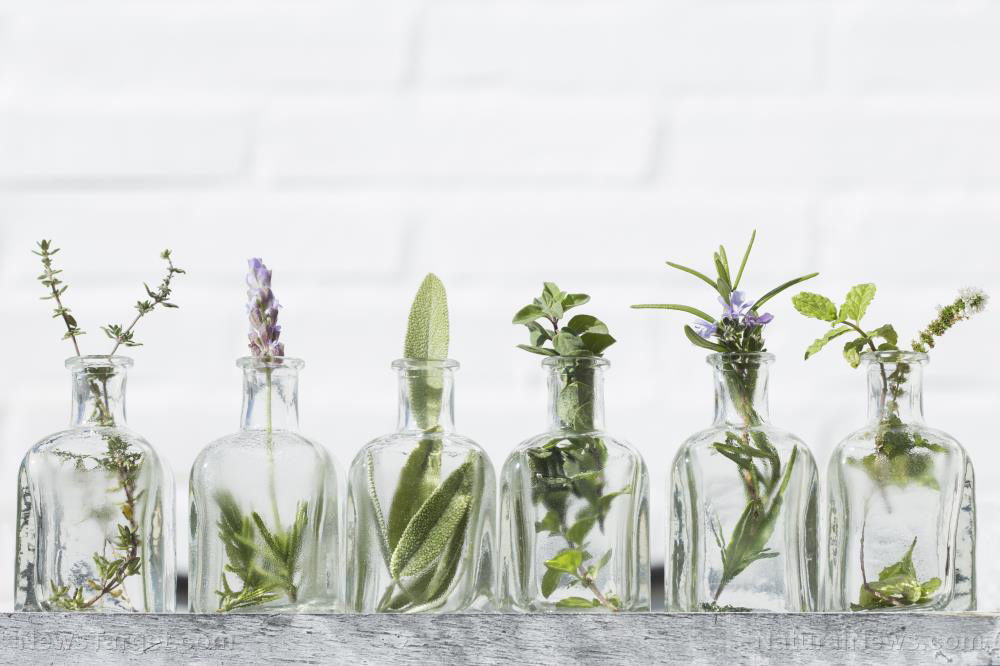
In some developing countries, in particular, the inability of the poor to afford conventional antibiotics has led to high mortality rates due to otherwise treatable microbial infections. Recognizing the need for more affordable medicines, scientists are thus endeavoring to find safe and effective alternatives to modern antimicrobials by screening medicinal plants for their potential.
According to researchers from Tanzania, an estimated 25 percent of conventional drugs are sourced from medicinal plants. The active compounds derived from these natural sources have the potential to not only stop the growth of infectious microbes, but also to address the resistance these pathogens have developed toward conventional drugs.
In a recent study, the researchers evaluated the antimicrobial activity of two plants that grow in their country, namely, Conyza bonariensis and Tribulus terrestris. These plants are used in traditional medicine not only in Tanzania, but also in other countries around the world. The researchers reported their findings in an article published in the journal Herbal Medicine.
Potential antifungal and antibacterial agents
To investigate the antimicrobial potential of both plants, the researchers first used different solvents to obtain extracts and analyzed their minimum inhibitory concentrations (MICs) either alone or in combination.
The researchers reported that all the extracts derived from the two plants demonstrated antimicrobial activity against common pathogens, such as the bacteria Escherichia coli, Salmonella typhimurium, Staphylococcus aureus, S. typhi and Pseudomonas aeruginosa, and the fungi Candida albicans and Cryptococcus neoformans.
In particular, the researchers listed the following extracts as the most potent inhibitors of S. aureus, P. aeruginosa, S. typhimurium, S. typhi and C. neoformans at a concentration of 0.78 mg/mL:
- C. bonariensis leaf chloroform
- C. bonariensis leaf ethyl acetate
- C. bonariensis stem chloroform
- C. bonariensis stem ethyl acetate
- C. bonariensis root ethyl acetate
- T. terrestris leaf ethyl acetate
- T. terrestris root ethyl acetate
The chemical components of C. bonariensis and T. terrestris extracts also demonstrated a synergistic effect against the test microbes when combined. In fact, the combined extracts of both plants showed the strongest bactericidal and fungicidal activity against E. coli and C. neoformans, respectively.
Based on their findings, the researchers concluded that C. bonariensis and T. terrestris are excellent sources of natural antimicrobial agents. (Related: Have you tried any of these natural alternatives to antibiotics?)
Traditional uses of C. bonariensis and T. terrestris
Conyza bonariensis, commonly known as hairy fleabane, is an annual, herbaceous weed with grayish-green flowers. It is said to grow everywhere in the world except in Antarctica. Research suggests that in Pakistan and China, this herb is traditionally used to treat bleeding due to injuries, chickenpox, constipation, diarrhea, ringworm, sore throat and toothache. In Tanzania, C. bonariensis has found use as a treatment for HIV and AIDS.
Tribulus terrestris, also known as puncture vine, is another annual herb that belongs to the caltrop (Zygophyllaceae) family. It produces yellow flowers on short stalks and fruits described as woody burrs. T. terrestris can be found in tropical, subtropical and warm regions, such as the Gujarat region in India, where its leaves are traditionally used to treat gonorrhea, inflammation, leprosy, skin diseases, ulitis (gum inflammation) and general body weakness. The herb is also used to enhance libido, stimulate sperm production and expel parasites from the body.
Medicinal plants are great sources of powerful compounds with more than just antimicrobial properties. Discover more plants and their therapeutic uses at PlantMedicine.news.
Sources include:
Please contact us for more information.























